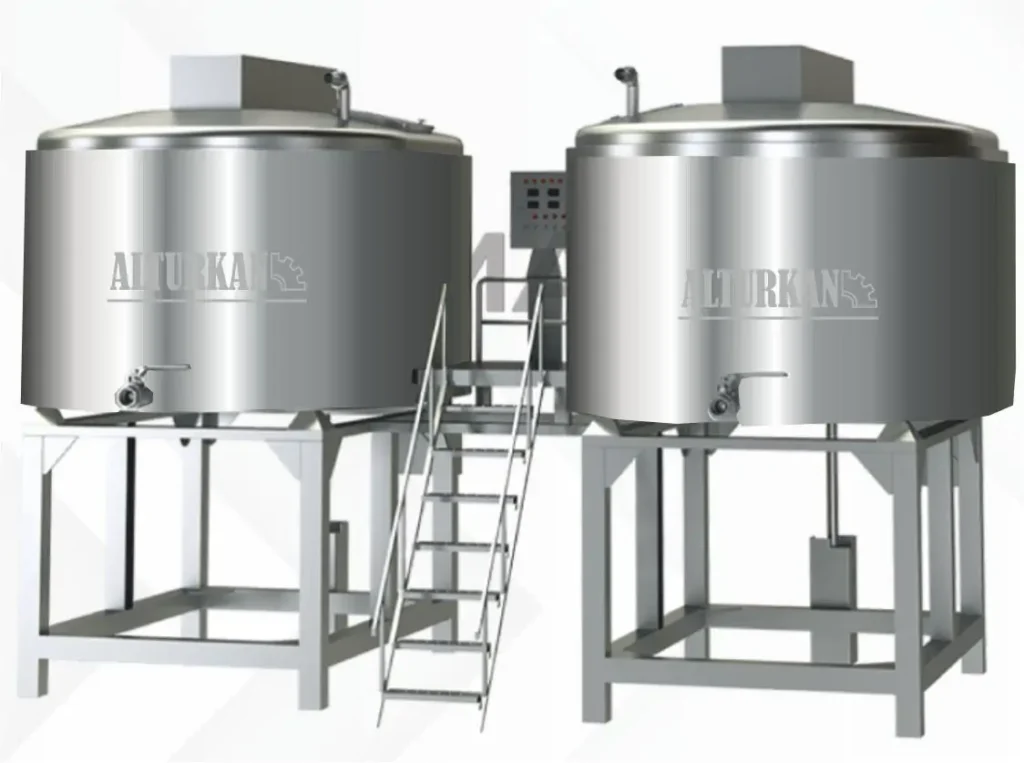Explain the Different Liver Enzymes and Their Significance

Liver enzymes are significant reference points for the way the liver behaves in the body. They are involved in a wide range of biochemical activities in the liver. Measurement of their concentration in the blood demonstrates valuable information about liver health state and metabolic disorders. With reference to the specific topic of this blog, these questions will seek to be answered as follows:
Key liver enzymes
Alanine Aminotransferase or Serum Glutatate Pyruvate Transaminase (SGPT)
- Function: ALT is mainly present in the liver, and it is an enzyme that plays a role in the metabolism of amino acids. Essentially, it promotes the protean group conversion of alanine and α-ketoglutarate to pyruvate and glutamate, respectively, in energy production.
- Significance: High levels of ALT are an indication of liver inflammation or damage. This is because factors like hepatitis, fatty liver disease, and cirrhosis, among others, will cause liver cells to release more of this enzyme into the blood. Blood ALT concentrations are normally found to be of 7 to 56 units per liter (U/L).
Suggest to read :- Hyperthyroidism Or Hypothyroidism? Spotting The Symptoms
Serum Glutamic Oxaloacetic Transaminase (SGOT)
- Function: AST exists in numerous tissues like the liver, heart, kidneys, and muscles. It is involved in the metabolism of amino acids, but again, unlike ALT, it is not very specific to the liver.
- Significance: Increased AST levels can be associated with liver disease, but they can also stem from diseases of other organs, such as hearts or muscles. The normal range of AST/ALT ratio is 0.5–1.2; a higher ratio suggests alcoholic liver disease or cirrhosis. A normal ASAT should be between 10 and 40 U/L.
Alkaline Phosphatase (ALP)
- Function: ALP is present predominantly in the liver, bones, kidneys, and bile ducts. It is highly involved in proteolysis and a constituent of bile.
- Significance: An increased ALP level may point towards cholestasis, bile duct obstruction, or certain bone disorders such as Paget’s disease. ALP normal values in males are 44-147 U/L and 41-123 U/L in females. When elevated with gamma glutamyl transferase (GGT), it is considered to be suggestive of hepatobiliary disease.
Gamma-Glutamyl Transferase (GGT)
- Function: GGT participates in the processes of catabolism of glutathione and may be involved in the process of the elimination of toxic agents in the liver.
- Significance: Abnormality in the liver biochemistry and a high value of GGT may be as a result of liver disease or bile duct obstruction. It is especially high in alcohol consumption. Thus, an increase may indicate alcohol-induced liver abnormality. Normal GGT level is between 0 and 51 U/L.
Bilirubin
- Function: Bilirubin is a metabolic product of hemoglobin from red blood cells that is metabolized in the liver. It exists in two forms: as indirect or unconjugated and direct or conjugated.
- Significance: A high level of bilirubin may result in jaundice and suggest a problem with the liver or the ability to produce or secrete bile. Cholestasis or biliary obstruction is indicated by high conjugated bilirubin/high urinary urobilinogen, while high unconjugated bilirubin/high urinary urobilinogen may be indicative of hemolysis/Gilbert’s syndrome.
Albumin
- Function: Albumin is a product of liver homogenate; it assists in maintaining oncotic pressure and acts as a carrier for several substances in blood.
- Significance: Abnormally low albumin is a sign of chronic liver disease or other diseases affecting the liver’s ability to synthesize proteins. It is important to know that the normal concentrations of albumin are between 3.5 and 5 g/dL.
Clinical Relevance of Liver Enzymes
Abnormal enzyme levels can signal various conditions:
- Hepatitis: Viral hepatitis as well as autoimmune hepatitis can give rise to considerable increases of ALT and AST levels.
- Fatty Liver Disease: Non-alcoholic fatty liver disease (NAFLD) is usually associated with raised ALT, although other enzymes may also be increased.
- Cirrhosis: In chronic damage, these enzymes are also elevated and remain raised for a long time.
- Cholestasis: Both ALP and GGT are increased in cases of diseases affecting bile ducts or cholestasis.
Conclusion
Now that it is clear what the different liver enzymes—ALT, AST, ALP, GGT, bilirubin, and albumin—are, it is possible to gain more knowledge about the organ. Screening serves to identify possible predisposing factors, paving the way for optimal control of related liver diseases at the initial stage. Being informed on these enzymes’ importance can help people not only to act beforehand but also to prevent many hazardous illnesses.
For the LFT Test in Faridabad, you should consider visiting UniQ-Path Lab so that you get a very accurate result.
 English
English 





































































































































































































































































































































































































































































































































































































































































































































































































































































































































































































































































































































































































































































